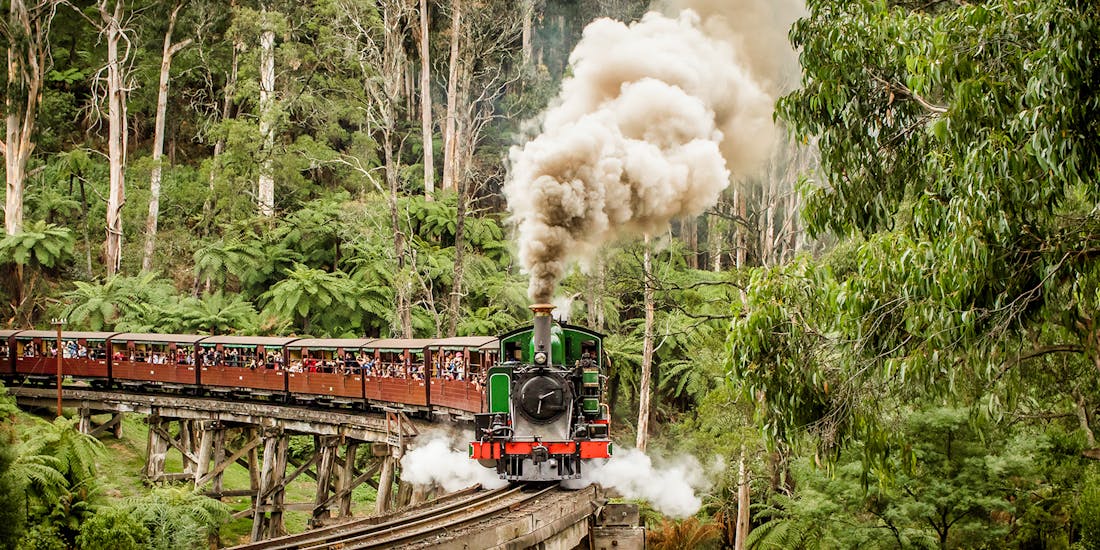If you're heading to Tokyo and don't have a Mount Fuji day trip on your list, I’ve got to stop you right there and ask you to rethink that decision. Thought it through? You’re in? Awesome! Now that you know Mount Fuji is located on the Pacific coast of central Honshu, just southwest of Tokyo, let’s talk about how you can get from Tokyo to Mount Fuji!
The mountain sits between the Shizuoka and Yamanashi prefectures, with Gotemba to the east, Fujiyoshida to the north, Fujinomiya to the southwest, and Fuji to the south. These cities are worth exploring too when you're in the area. But your best route to Mount Fuji from Tokyo really depends on your plans. Here’s a breakdown of the top three ways to get there, plus a few mix-and-match routes for good measure!
How do I get to Mt. Fuji from Tokyo?
🚆 By Train
🚍 By Bus
🚘 By Car
By Train
Taking a train is definitely the fastest option (1 hour and 30 minutes to Otsuki), and it’s comfortable, efficient, and scenic too! Plus, if you have a Japan Rail Pass, then hopping onto the Shinkansen is easy. The downside is that it requires a transfer at Otsuki station, and the JR Pass doesn't cover Fujikyu Railway within the Fuji area.

- The Bullet Train (Shinkansen): The Shinkansen doesn't go directly to Mount Fuji but stops at Shin-Fuji and Mishima stations. From these stations, you can catch a bus to the Mount Fuji area. The journey is a perfect blend of speed and comfort, ideal for those looking to maximize their time.
- Fujikyu Railway: For a scenic journey, take a train from Tokyo's Shinjuku Station to Otsuki Station. From there, transfer to the Fujikyu Railway to Kawaguchiko Station. This route offers stunning views and brings you close to Lake Kawaguchi, a prime spot for Fuji viewing.
- Best For:Travelers prioritizing speed and comfort, JR Pass holders, enjoying panoramic views
By Bus
The most affordable option (starting around 2,000 yen), several companies and routes offer flexibility and direct access to some areas like climbing trails. But they’re much slower than trains (and you’ve seen pictures of Tokyo traffic, right?).

- Direct Bus: Direct buses are a cost-effective and convenient option. Services like Fujikyuko, Highway Bus.jp, and Willer Express, have different departure points in Tokyo (Shinjuku, Shibuya, Tokyo Station) and destinations around Mount Fuji like Kawaguchiko, Gotemba, and Fujinomiya.
- Express Highway Buses: The most popular choice, taking approximately 2 hours for a direct ride to Kawaguchiko or Fuji-Q Highland area, prices start around 2,000 yen one-way, making it significantly cheaper than the Shinkansen.
- Limited Express Buses: Pricier than regular express buses (4,000 yen), these offer additional amenities like guaranteed seats, spacious legroom, panoramic windows, and even some refreshments. It also means quicker travel on certain routes, like the Fuji Excursion Express, which can reach Kawaguchiko in as little as 1 hour 52 minutes, ideal if you're short on time. Limited departures: There are fewer departures compared to regular express buses, so booking in advance is crucial, and you will have to stick to the specific times!
- Seasonal Climbing Buses: This gives you direct access to climbing trails, during climbing season (July-September). These special buses run from Shinjuku Station directly to the 5th station of Mount Fuji, saving you valuable time and energy. Primarily intended for climbers, not ideal for sightseeing, or those staying near the foot of the mountain, you can purchase round-trip tickets for ultimate convenience. Prices range from around 2,800 yen for adults.
- Bus Tours: For those preferring a guided experience, bus tours offer a hassle-free journey. These tours often include stops at key attractions around Mount Fuji and provide insightful commentary, making them an excellent choice for first-time visitors.
- Best For:On a budget with time to spare, then go for it!
By Car
Rental Cars: This option gives you the freedom to explore at your own pace and lets you follow a personalized itinerary and the flexibility to explore off-the-beaten-path locations.

Combination of Train and Bus
Combining train and bus travel can offer a flexible and efficient way to reach Mount Fuji. This section will detail how to best combine these modes of transport and information on relevant passes, such as the JR Pass or the Fuji Hakone Pass, which can be cost-effective for extensive travel in the region.
Tours
Convenient, hassle-free, and with an organized itinerary, tours to Mt. Fuji from Tokyo maximize sightseeing and minimize the effort of planning. Best for: First-time visitors, travelers seeking a structured experience, and those wanting to see multiple sights around Mount Fuji.
All of this decision-making also depends on the exact destination at Mount Fuji. Are you heading to Kawaguchiko, Gotemba, or the 5th station for climbers? Then there’s the time of year you are visiting, so it’s best to think about that too. But here’s more on what I did on my trip and that was taking the Shinkansen to Mount Fuji by Otsuki and using the Fujikyu Railway too.


